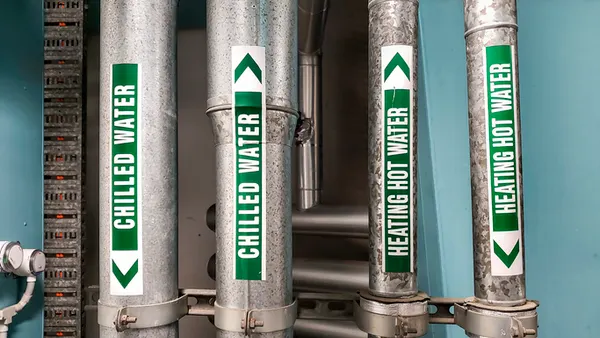Tim Echols is vice-chairman of the Georgia Public Service Commission. Eric Blank is chairman of the Colorado Public Utilities Commission.
Both of us drive electric vehicles and have a responsibility to manage and regulate the electric grid in our states. Both of our states are projected to have 1 million EVs on the road by 2030. And both of us are seeking ways to take advantage of the opportunities and avoid the pitfalls of mass transportation electrification. Here are some of the issues we see for the future.
Let’s start with charging infrastructure. Tim drives a Nissan LEAF and Eric drives a Tesla Model 3. Both of us appreciate the benefits of EVs in terms of the incredible acceleration and the control of regenerative braking, but also understand “range anxiety,” and the frustration of broken chargers. While we both take pride in driving an electric vehicle, we realize that infrastructure build-out and driver satisfaction will impact EV adoption rates.
EV infrastructure, which also impacts the grid, is in its infancy in Georgia. Billions of federal dollars will pour into the charger networks here and in other states because of the Inflation Reduction Act. Georgia hopes that our new EV plants from Rivian and Hyundai will be magnetic in attracting ancillary EV-related businesses. Our Blue Bird bus factory is churning out EV buses, and Augusta has been making EVs before they were cool through Club Car and E-Z-GO manufacturing plants. All of these vehicles use electricity that has to come from some source, whether renewable or not. Georgia has 100,000 electric vehicles registered now, but as more fleets like Amazon, UPS and the Post Office adopt EVs, grid upgrades will be required — and those aren’t cheap.
In Colorado, a recent report from the Colorado Automobile Dealers Association found that over 17% of new vehicle sales in Colorado were EVs during the third quarter of 2023, increasing the total number of EVs in Colorado to around 100,000 and rapidly moving the state towards its million EV goal by 2030. If all these EVs were charged during the same four-hour period, it would result in new demand of over 15,000 MW, which is 50% greater than the coincident peak demand of the state. If managed such that EV charging occurs when there’s plenty of wind and solar available, and we can avoid charging during summer evenings when AC demands peak, the additional sales and revenues from EV charging could put significant downward pressure on electric rates.
How do we as utilities and regulators lead this transition forward and best capture these benefits? That is one of the biggest questions we both get, and it is legitimate. Even back-of-the-envelope math shows that both Colorado and Georgia may have massive load growth in the future, even beyond individual car owners charging at home, where 80% of charging occurs. Even now, as utilities site transformers and upgrade substations, increased electric load must be factored in. Think about every Amazon van being electric. Drayage companies are already looking at how to electrify trucks that run up and down freeways. Lyft and Uber are incentivizing their drivers to move to electric. This all means the equivalent of about six Plant Vogtle nuclear units of power could be needed by 2030 in the Peach State.
As regulators, we can shape distribution system build-out, load forecasting, resource acquisition and electric rate design decisions. Many other issues surrounding tax credits, equity impact and other infrastructure build-out are likely beyond our control. Even so, we’re both looking forward to creating sustainable policies that accelerate EV adoption and improve infrastructure at home, at the office and on the road.
Education is needed in both of our states to help people understand the benefits of EVs. Many people may start with a hybrid, and work their way to a full battery electric vehicle. Chargers are needed in multi-family developments and at businesses. And we need to figure out a way to keep second-hand EVs in our state so that the average person can afford one.
Let us know what you think. Please join the conversation and share your experience with us!













